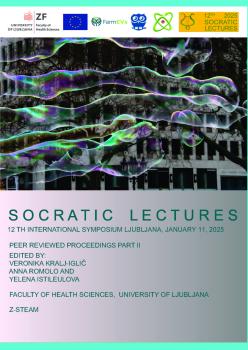Can we Strengthen the Anterior Cruciate Ligament with Passive Knee Joint Loading?
Kratka vsebina
Passive knee joint loading has been proposed as a safe method to enhance knee stability during early postoperative rehabilitation following anterior cruciate ligament (ACL) reconstruction. However, its effects on anterior and mediolateral rotational laxity remain unexplored. Evaluating whether passive knee joint loading in the direction of anterior tibial translation improves knee stability post-surgery is essential. Current research primarily focuses on active loading, such as quadriceps strengthening exercises, but concerns about excessive anterior tibial translation and graft compromise make early postoperative loading controversial. Our review builds on previous studies on passive knee joint loading in healthy individuals and post-ACL reconstruction cases. Unlike active loading, passive anterior tibial translation via the DYNEELAX® arthrometer enables controlled mechanical stimulation within a safe force range, potentially aiding early graft adaptation. Preliminary findings suggest passive loading could be a valuable addition to ACL rehabilitation, though further research is needed to determine optimal parameters such as force magnitude, frequency, and duration. Methodological challenges complicate the study of passive loading in clinical trials. Future research should focus on integrating controlled passive loading into rehabilitation protocols while distinguishing its contribution to recovery. Understanding the biomechanical effects of passive loading will help refine ACL rehabilitation and broader musculoskeletal treatment strategies, ultimately improving long-term knee stability and reducing graft failure risk.
Prenosi
Pages
Najavljeno
Kategorije
Licenca

To delo je licencirano pod Creative Commons Priznanje avtorstva-Deljenje pod enakimi pogoji 4.0 mednarodno licenco.


